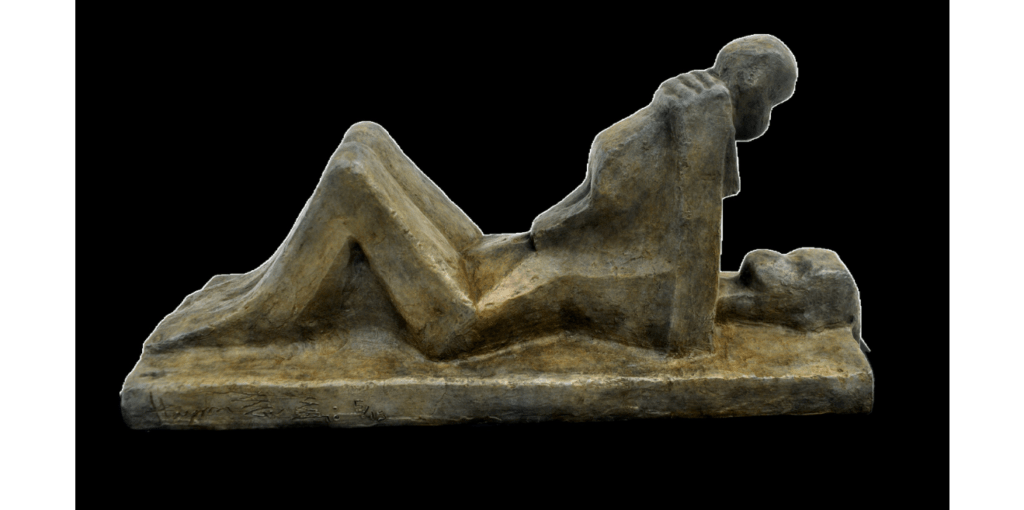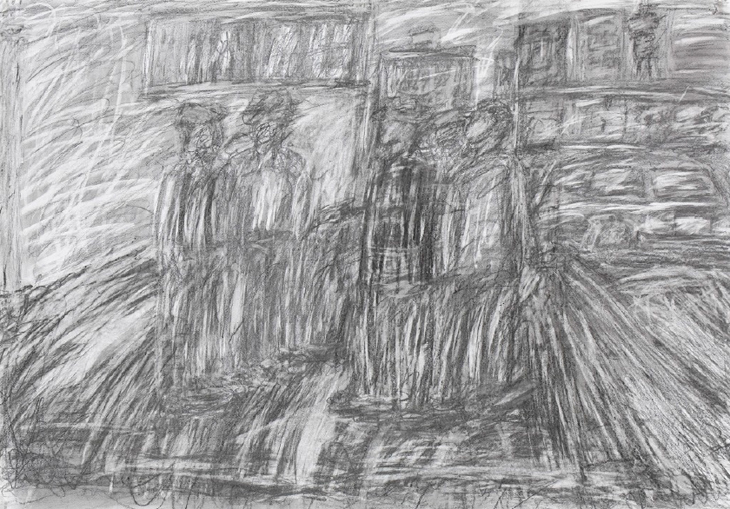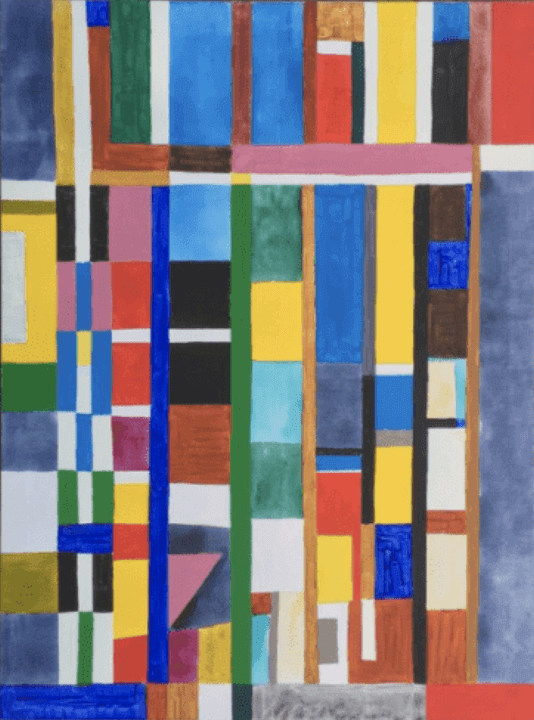We know death is inevitable, but it is always upsetting when we hear our favourite artists die. Sometimes they are at the stage where death works with age, but many die too young before they are recognized for their work and changes made in society. Only the lucky ones stay long enough to experience their voices touch local and international communities.
We may have lost them, but they remain in our hearts as bold and unique game-changers in the art community. These are famous artists we recognize, and we can remember their works even in the shower, permanent on the world’s canvas after their deaths.
Abayomi Barber
Born: 23 October 1928
Died: 26 December 2021

Abayomi Barber was a Nigerian contemporary artist and mentor. In his early years, he was attracted to the Ife sculptures in the palace of his uncle, Oba Adesoji Aderemi. Afterwards, he began the journey to create artwork from whatever material was available to him. His early pastels were made directly from coloured chalk soaked in water and kitchen charcoal. His works are known for its naturalism and surrealism methods. Some of his signature work includes life sized busts of former Nigerian president, Murtala Mohammed and the former Oba of Ile-Ife, Adesoji Aderemi. Another famous piece is an oil painting of Shehu Shagari.

Benon Lutaaya
Born: December 1985
Died: 14th April 2019

Benon Lutaaya—a Ugandan-born, South Africa–based artist, activist, and arts patron. In 2016, Lutaaya founded the nonprofit arts organization Project Space in Johannesburg. He is best known for his provocative, contemporary paper collage portraiture paintings. He also worked either acrylics and mixed media. Lutaaya often sourced found and recycled paper materials from the street to create his portraits, which were collected by South Africa’s Absa Museum and several others. He participated in a number group and solo exhibitions both locally and internationally.

David Koloane
Born: 5 June 1938
Died: 30 June 2019

David Nthubu Koloane was a South African artist. His art explored questions about political injustice and human rights. Koloane is considered to have been “an influential artist and writer of the apartheid years” in South Africa. His subject matter is found in the frantic buzz of everyday commuting, mass protests, high speed traffic and some intimate corners that make up the inner-city experience.

Atta Kwami
Born: 14 September 1956
Died: 6 October 2021

The Guardian describes Atta Kwami as a painter, printmaker and sculptor whose colourful work drew on the vernacular art of his native Ghana. Before his death, Kwami often painted work that resemble colourful arrays of geometric forms. Organized in what seemed like lines, Kwami’s compositions are lively, and are often filled with shapes of uneven sizes, rows of varying widths, and dramatic contrasts between hues. He won the 2021 Maria Lassnig Prize, a $57,000 art award that comes with an exhibition at the Serpentine Galleries. He was also included in the Phaidon book African Artists From 1882 to Now.

Santu Mofokeng
Born: October 19, 1956
Died: January 26, 2020

Mofokeng was a photographer whose poetic images waded through themes of history and land, memory and spirituality, and helped shape the course of South African photography. Primarily working in Johannesburg’s Soweto township, most of his images spoke histories of racism that pervade South Africa. In his early years, he began taking portraits on the streets of his neighborhood. Mofokeng started out working under David Goldblatt, his teacher at the time who was and is noted for his documentation of South Africa during apartheid.

J.D. ‘Okhai Ojeikere
Born: 10 June,1930
Died: 2 February, 2014

Over the course of a more than fifty-year career, Ojeikere displayed his work in prestigious locations around the world, including the Venice Biennale, Tate Modern, Studio Museum in Harlem, Documenta, and Fondation Cartier pour l’Art Contemporain. Two images from his renowned Hairstyles series are included in the Met’s collection, one of the most illustrious collections that features him. Ojeikere’s interest in photography led him to look beyond the documentary sub-genre for formal and creative inspiration. He was a photojournalist for the Ministry of Information in the 1950s. Following Nigeria’s independence in the 1960s, he quickly rose to fame as a “campus photographer,” taking pictures of college students in front of brand-new, contemporary Nigerian buildings.



